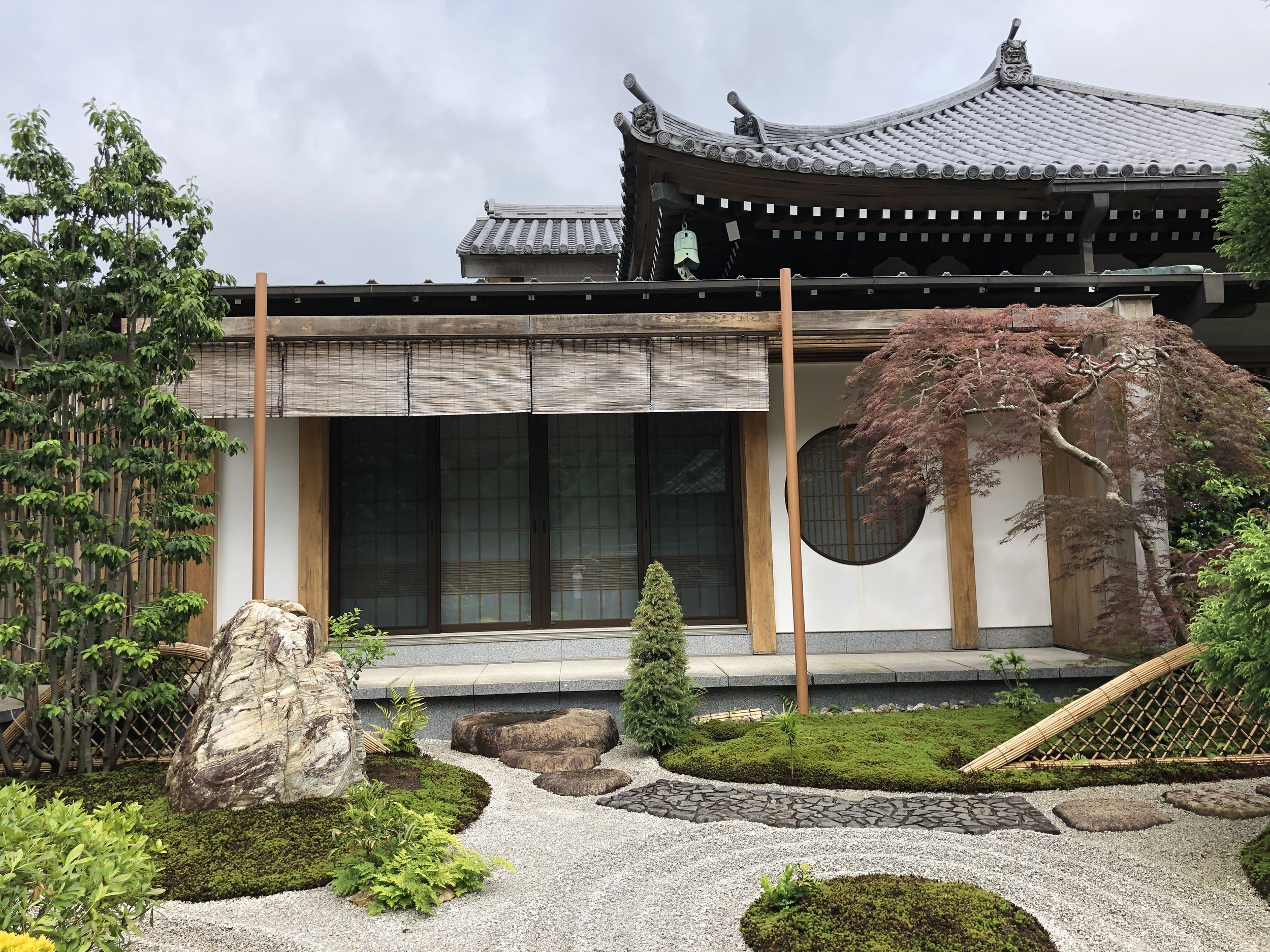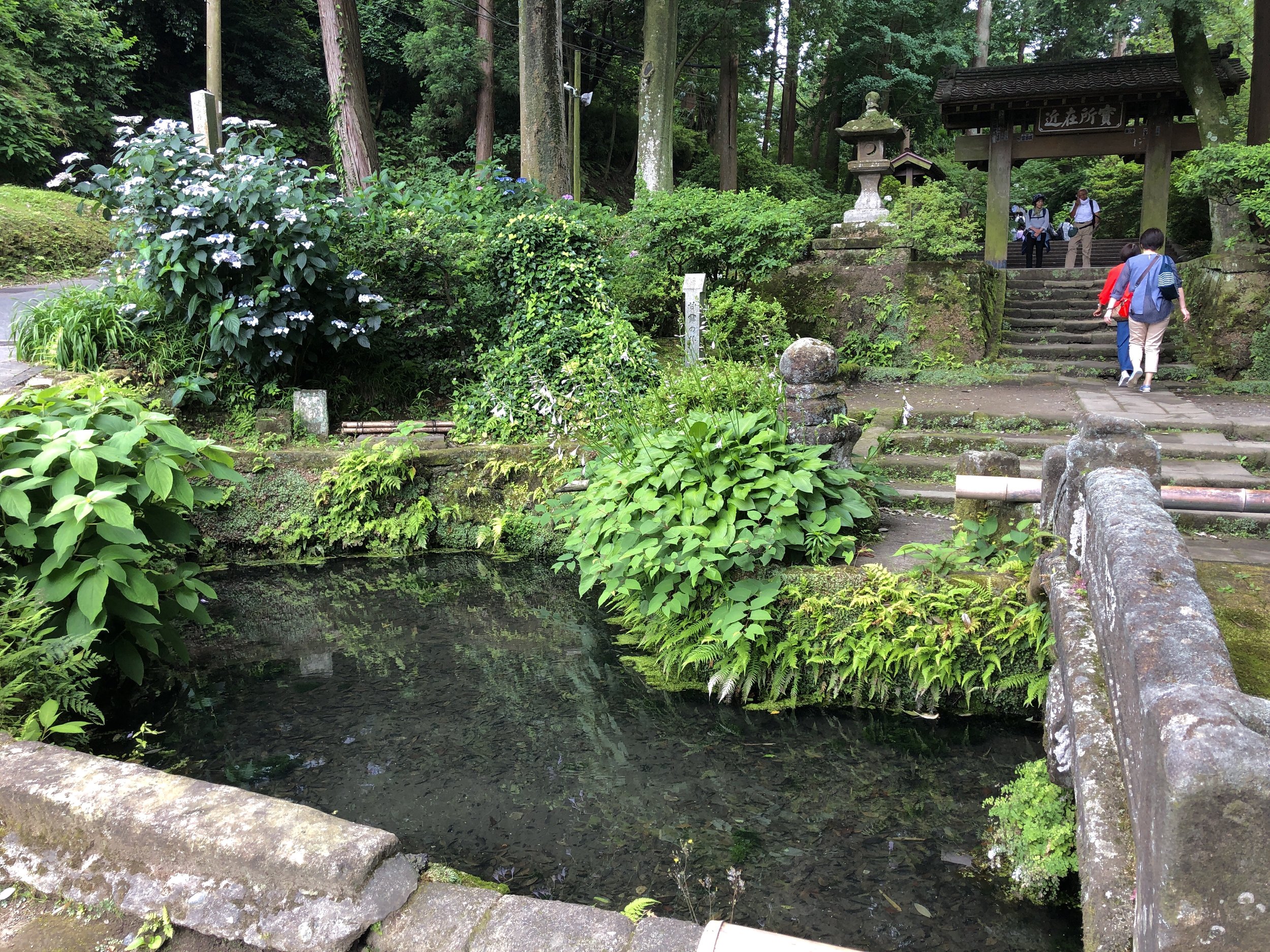

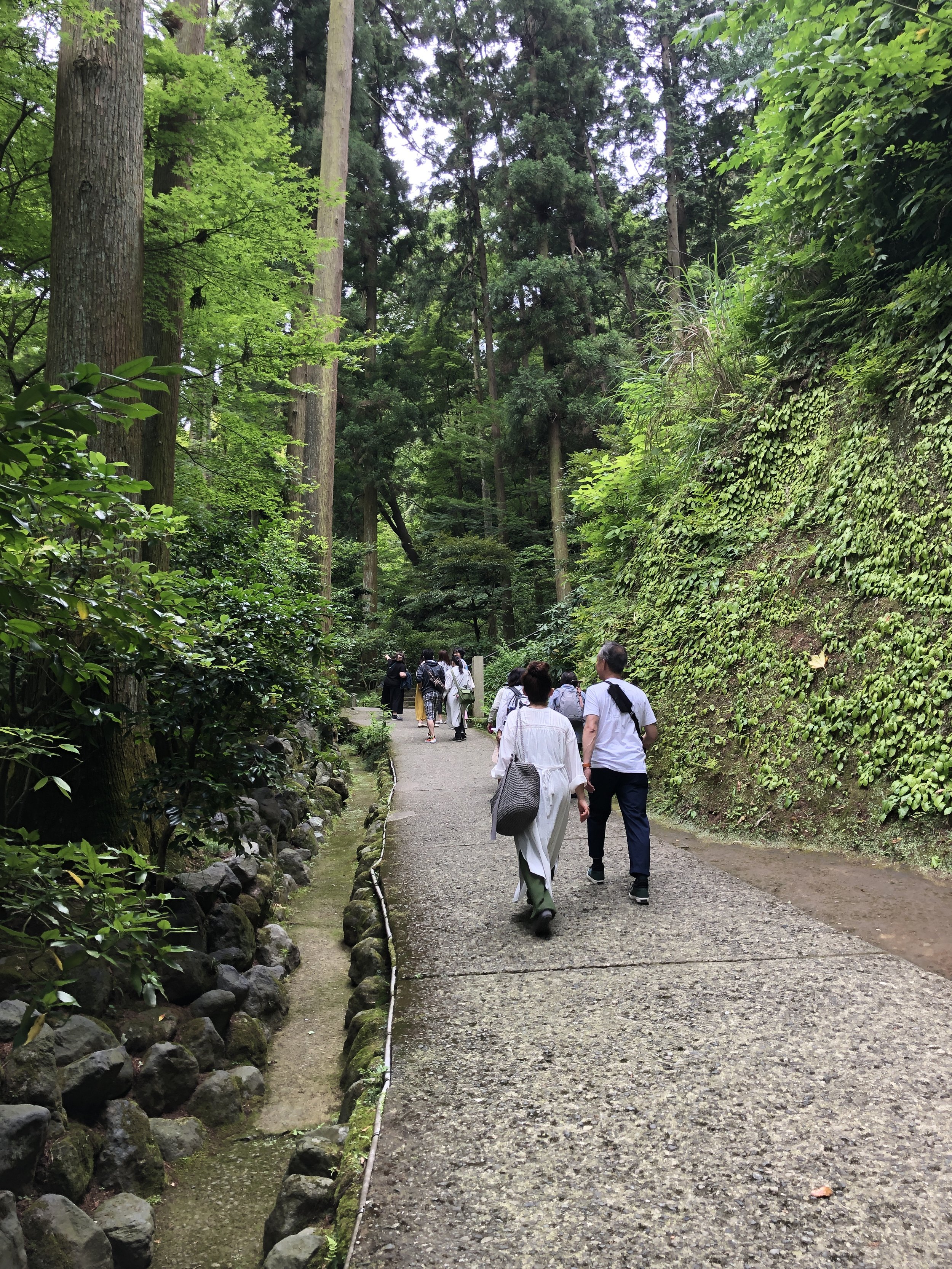
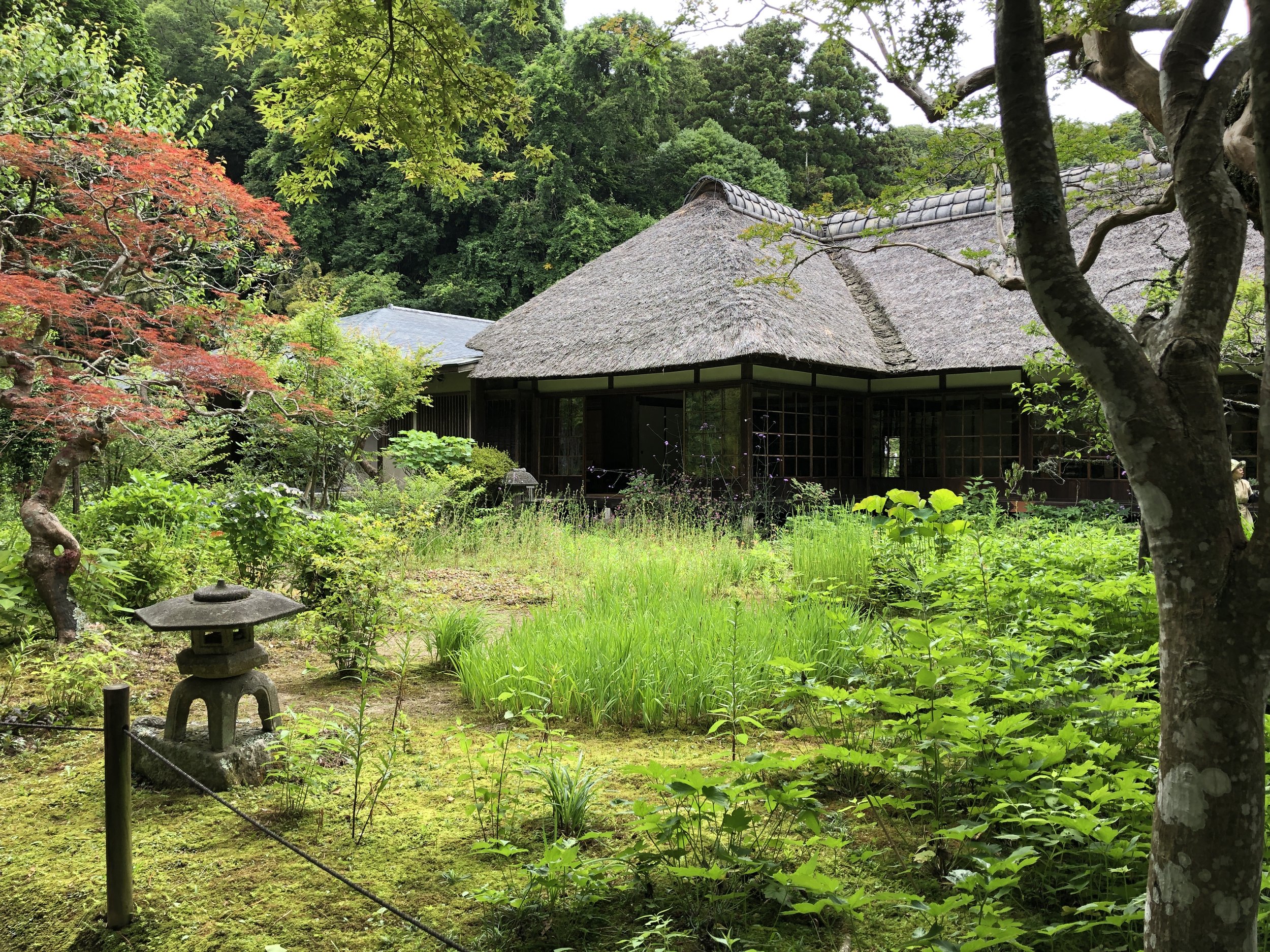

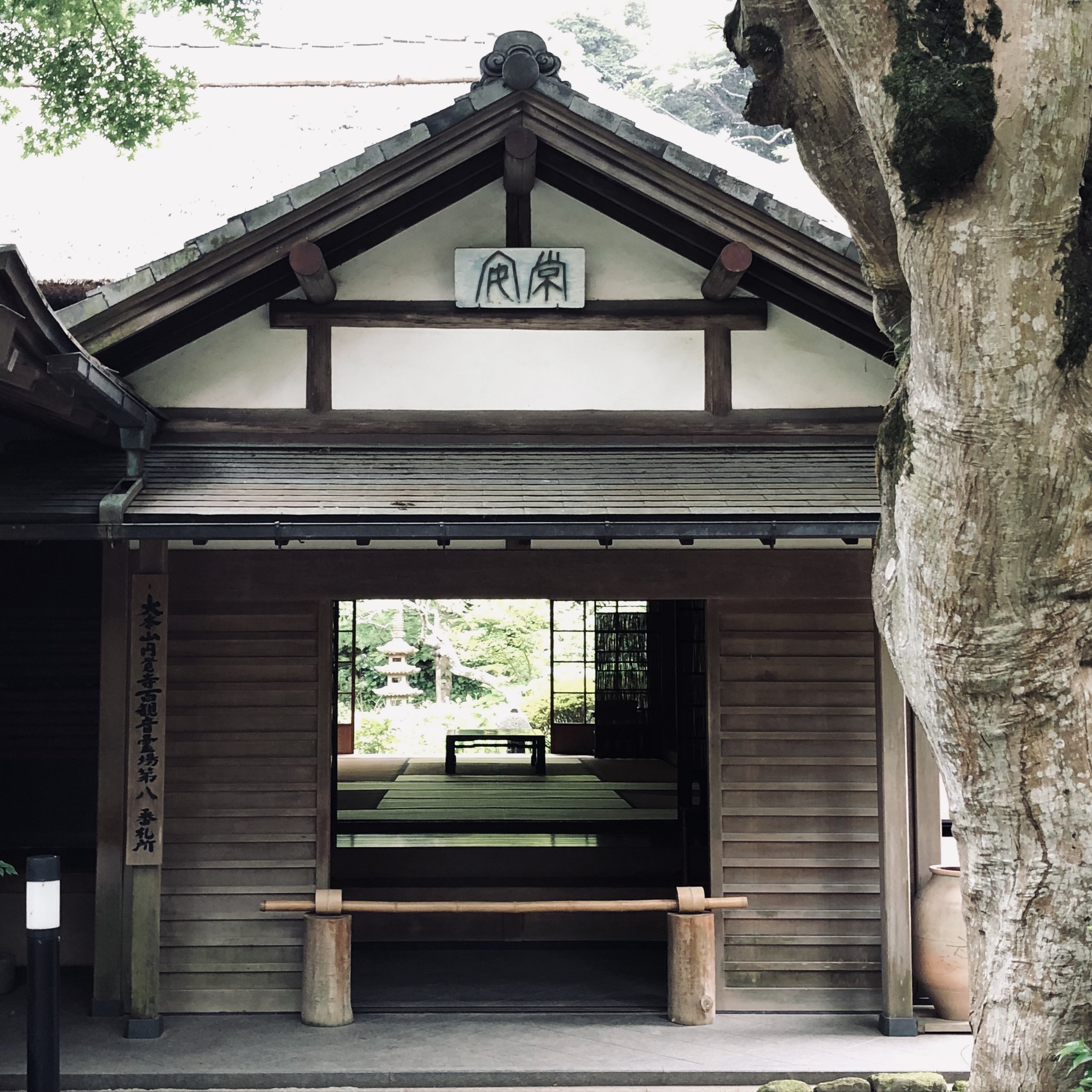



I was privileged to visit Kamakura, Japan on June 22, 2019. The gardens I saw here left a lasting impression on me, and I wanted to share a bit of that experience here. The shrines in Kamakura boast serene and enchanting spaces, even amidst the bustling crowds. Many of these gardens are part of Buddhist shrines, and include mysterious grottos, caves, and ancient burial sites.
We arrived by train at JR’s Kita-Kamakura train station and began our journey by taking the famous Daibutsu Hiking Trail. The trailhead is just a short walk away from the station and takes you through forest cemeteries and eventually lands you at the Kamakura Hasedera shrine complex. The hiking path entrance is marked by the beautiful ancient Kanronoi Well. The path is surrounded by old trees with broad trunks, so wide you could not hug one if you tried!
As we continued along the path, I observed a woman forming her palms into an inverted V-shape, then gently pressing them along with her forehead against the bark of one of these ancient trees. She lingered there for a moment, offering her reverence to the tree, before continuing her journey. Her gesture struck me deeply—I had never before witnessed such a heartfelt expression of gratitude and respect towards a tree.
Further along the trail lay Jochi-ji temple. Some of the gardens adjacent to the tea house appeared slightly overgrown and neglected. However, as I noticed this, I saw the group ahead of us stooping down to admire the tiniest of flowers. It seemed as though they were meticulously examining delicate weed blossoms—perhaps less than a centimeter in diameter. Once again, I was taken aback by their ability to find fascination in a plant that I might have overlooked. Their pause and appreciation for the beauty of even the smallest weed flower left me feeling humbled.
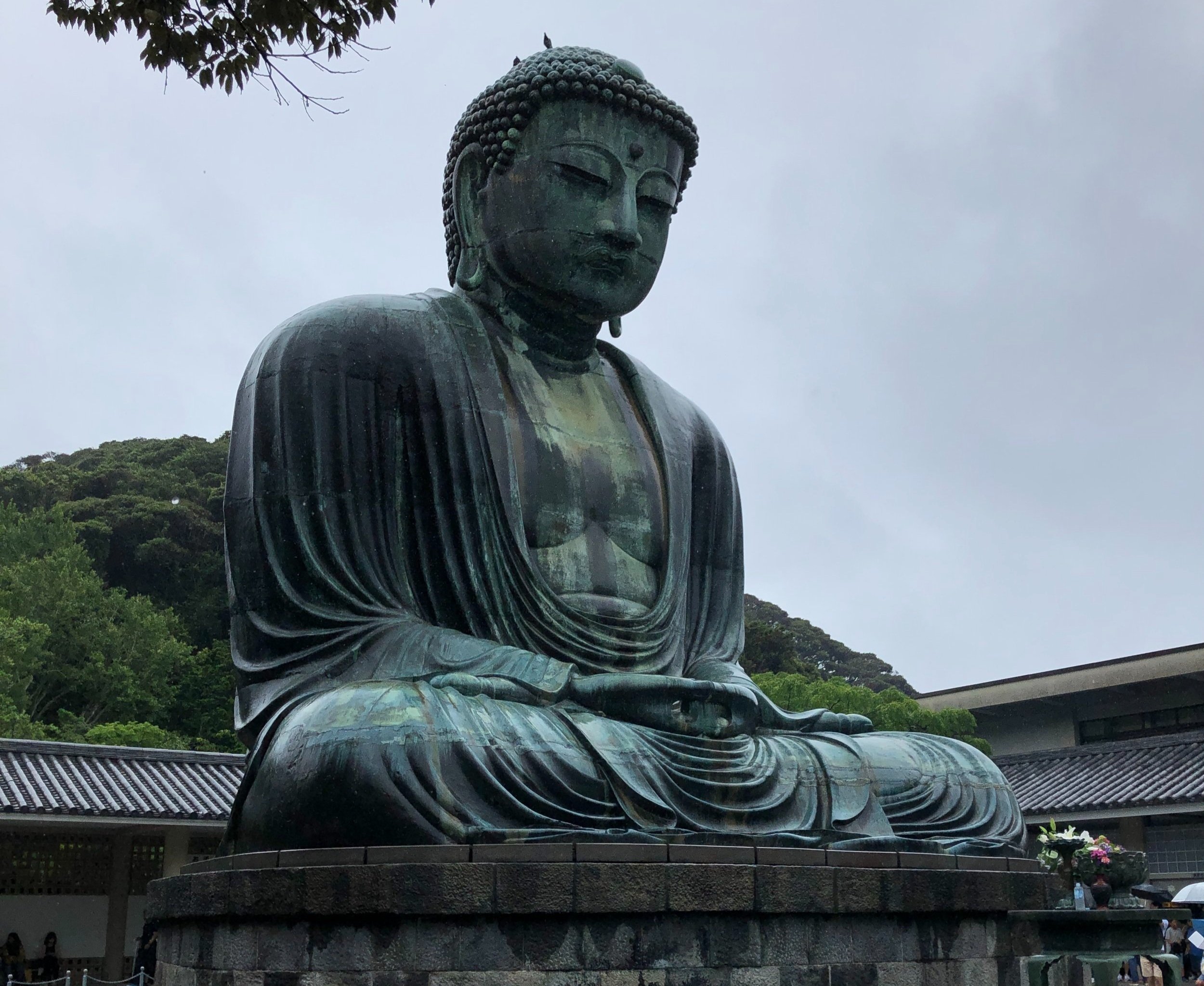

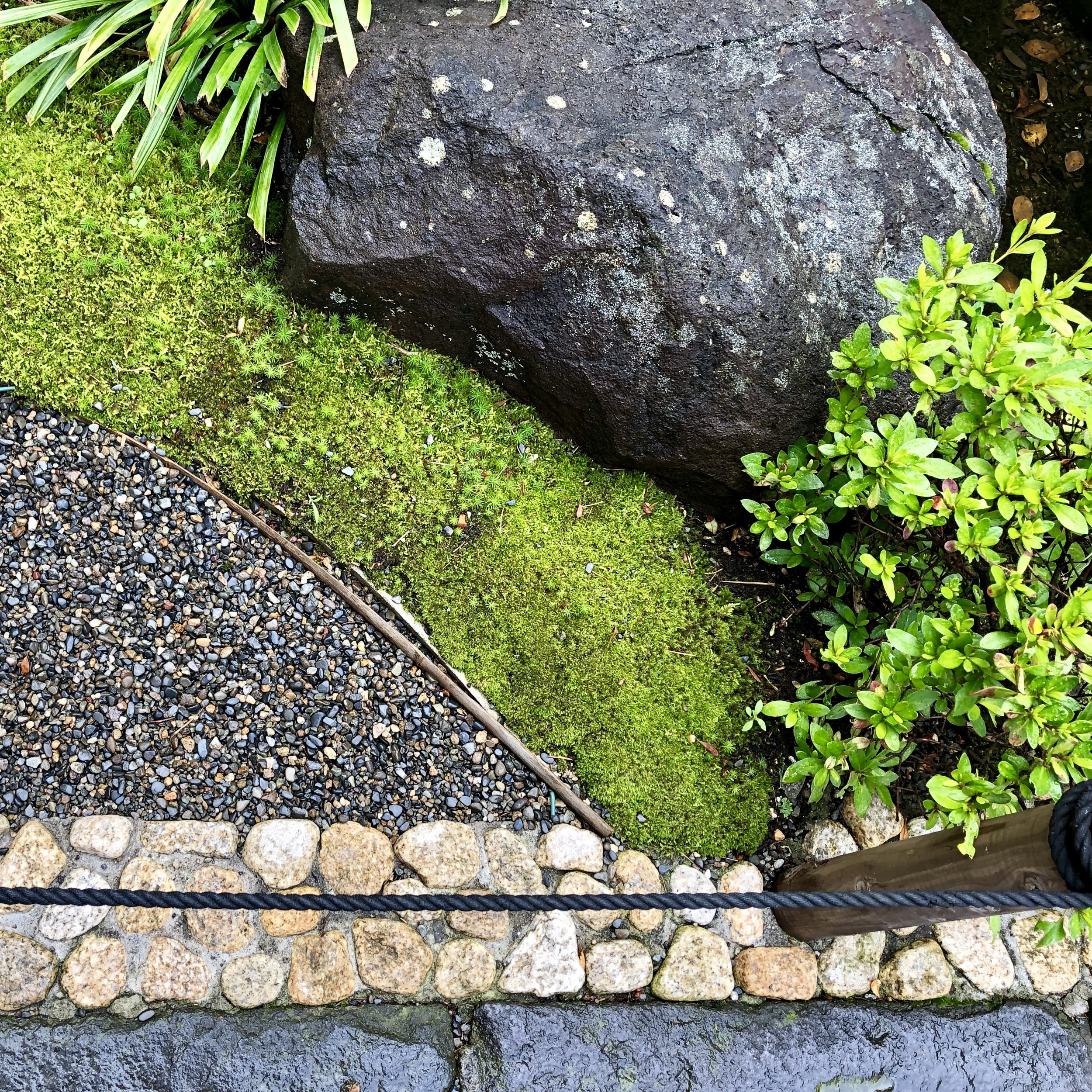



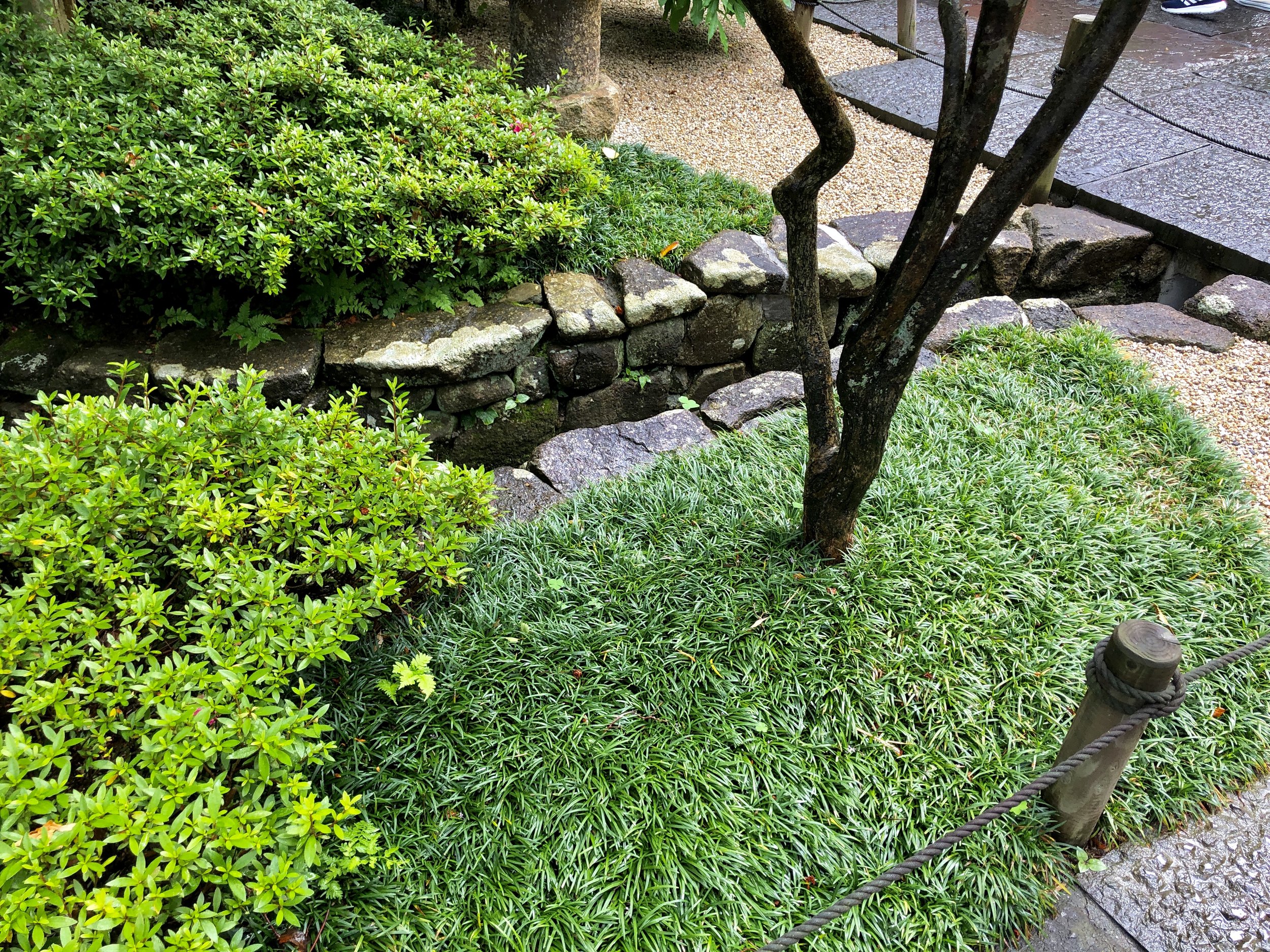
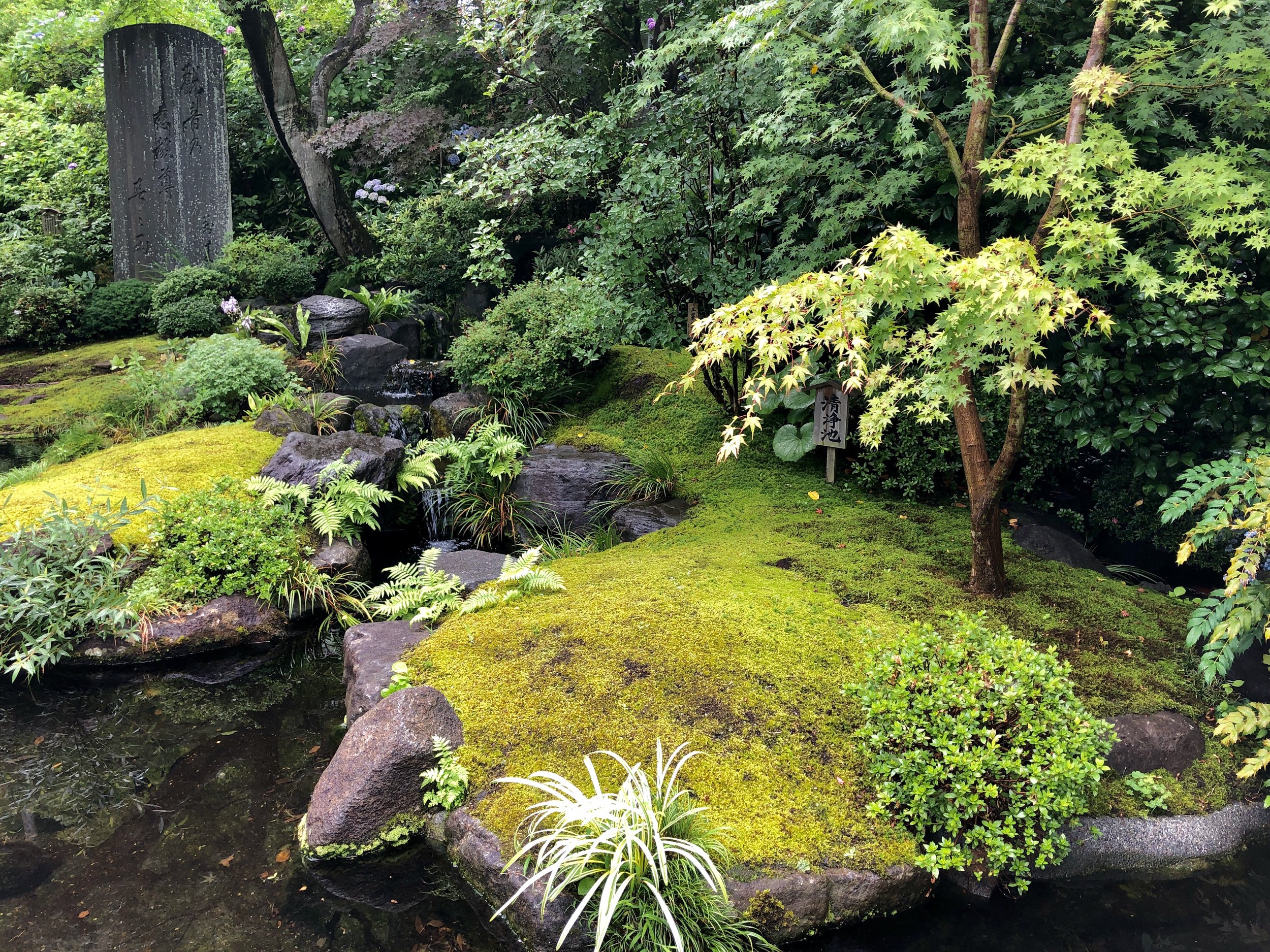
At the end of the trail, we finally made it to our final destination—the great Daibutsu of Kamakura at Kotoku-in temple. It is a large bronze statue of the Amitabha Buddha in a seating position. When we visited you could walk inside the statue but since then it has become closed to the public. The statue heats up intensely during recent summer heat waves, making it dangerous for the public to enter.
From there it was a short walk to the Sanmon Gate and the beautifully landscaped temple grounds of Kamakura Hasedera. Like most traditional Japanese stroll gardens, it boasts a beautiful pond full of colorful koi fish around which a series of pathways meander and take you on a small journey around the grounds and up a hill to enjoy a nice overview at the top. There is a lookout at the end of the trail with a scenic view of the town and coastline which is well worth the trek.
On the way out, I stumbled upon a beautiful stone (zen) garden. It was part of the Hasedera temple complex, in front of the Library Building , next to the Benten grotto. This zen garden at the library rivaled those in Kyoto, which are much more renowned. Perfectly tended, the gravel patterns were too large to have been raked, making me wonder how the shapes we achieved. Stone gardens like this are typically raked daily to re-form the patterns and remove and debris (fallen leaves, etc.)
Kamakura Hasedera is but one of the 65 temples in Kamakura. Unbelievable! There were so many temples and gardens I missed on this brief visit; I hope to return here someday and appreciate the gardens again with a different perspective.

